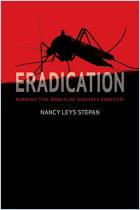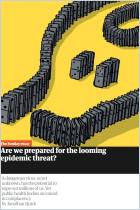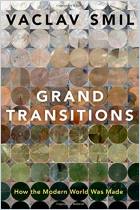
Book
The Plague Cycle
The Unending War Between Humanity and Infectious Disease
Recommendation
Recounting a macabre litany of disease and death over the centuries, Charles Kenny demonstrates that for most of human history, infectious diseases – not violence, starvation or even heart disease – killed the most people. He explains how by the 20th century, humanity had mostly checked plague and infectious disease, only to see new threats emerge. Kenny asserts that nations must cooperate to avoid a return to the miseries of prior centuries.
Summary
About the Author
Senior fellow and researcher at the Center for Global Development Charles Kenny was a senior economist at the World Bank and an instructor at the John Hopkins School of Advanced International Studies.
By the same author
Book
Learners who read this summary also read
Book
Book
Book





















Comment on this summary